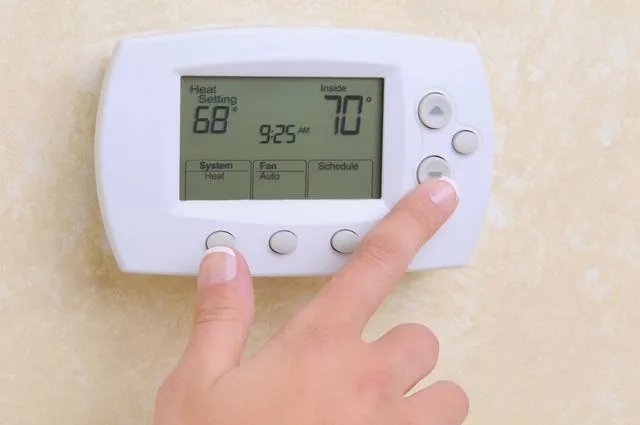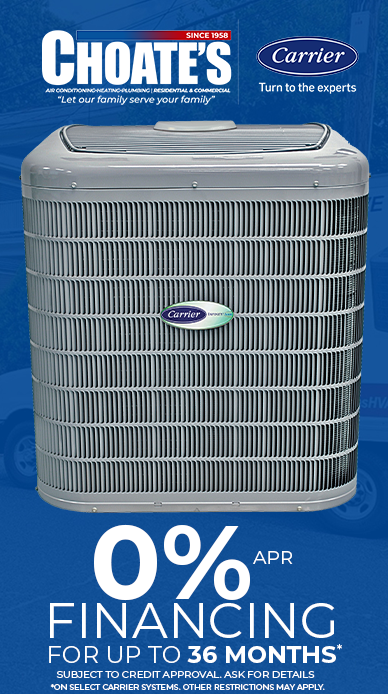901 755 4797
Fall can be a difficult season for homeowners as they make the transition from air conditioning to heating. Thankfully, homeowners can easily make the transition by taking a few proactive steps. Here are a few tips to keep in mind this fall to make the switch as seamless as possible.
1- Test the Heater Before Winter
The first step is to try turning on the heat during one of the cooler hours in the summer, ideally at night or first thing in the morning. It doesn’t have to be for very long, usually about 10 or 15 minutes at the most should give a good idea as to whether or not the unit still works and will provide heat.
2- Have the Heating System Checked in Summer
Once winter comes around, heating repairs will be in far greater demand, which means it can take a long time to get a unit serviced. Scheduling a maintenance check in the summer or early fall can ensure faster service and, if something needs to be fixed, the issue can be resolved before winter comes and you can avoid chilly nights.
3- Check Installation and Service Dates
Ideally, you’ll have a good idea of how long ago the system was installed. According to Energy Star, a home HVAC unit should be replaced every 10 to 15 years. A newer unit will generally have a lower monthly energy cost as well, which will save money in the long term.
4- Clean the Unit
Even if the system doesn’t need to be replaced or maintained, it’s still a good idea to clean or change out the air filter in the heater. Months of dust from a lack of use can really build up and it’s best to not have all of those particles flowing through the air. If you aren’t comfortable doing it yourself, a local repair shop should offer the service.
5- Don’t Forget the Humidifiers
In addition to being cold, winter air has a lower humidity. Since dry air is less comfortable, it can cause irritation and other problems. It’s a good idea to bring out the humidifiers a little early and test them out as well. Some home HVAC units will have built-in humidifiers, but if yours doesn’t, you may want to invest in a small portable unit or, for larger homes, a dedicated unit that will humidify the entire house.
6- Check the Thermostat Settings
Most thermostats have baseline settings that will allow you to set schedules, making sure the house is at a comfortable temperature during the day and turning down the heat while you sleep to conserve energy. Leaving the thermostat on the summer schedule can be both expensive and quite uncomfortable.
These are just a few of the things to keep in mind when transitioning from summer air conditioning to winter heating for your home. Checking that your unit works well and has been maintained properly will it less likely that you’ll have an issue and be without heat during the winter. An annual HVAC checkup will also help to ensure that your system is running as efficiently as possible, which in turn will reduce your energy consumption and environmental footprint.
Professional Service One Call Away
When in doubt, don’t hesitate to call Choate’s Air Conditioning Heating and Plumbing at 901-755-4797.


